Bridal kitsuke is probably the most complex and exhausting of all standard forms of kitsuke. I’ve done it on the mannequin a few times before, but always having to improvise a little. I’ve done fully coloured ensemble and an all-white ensemble, but when I found this red and gold accessory set for a fantastic price, I knew I wanted to do the transitional style often done for a reception. I paired the bold accessories with my flamboyant and loud uchikake but kept the demure subtle white kimono and obi. I think this is actually my favourite type of bridal ensemble.
I think I’m finally getting the hang of wrapping hikizuri-style kimono to get that lovely x-shaped drape of the hem. It’s not perfect, but I can see definite improvement every time I attempt it. The collar’s pretty mangled, but let’s not speak of that… Because this is my first real, full set of accessories, including a proper-sized bira and an actual kakae-obi, I couldn’t resist taking a bunch of detail shots. I hope you enjoy them!
It’s very satisfying to see the whole thing put together like this. Maybe one day someone will let me dress them up in the whole ensemble.
Items used in this coordination
- Rainbow Metallic Uchikake
- Ivory Bridal Furisode
- Silver Noble Carts
- White sakura
- Red & Gold Bridal Set
- Red Shibori

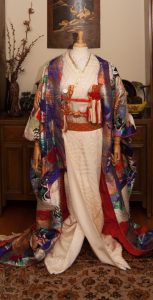
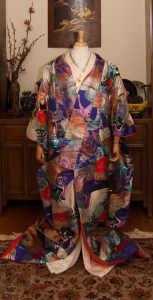


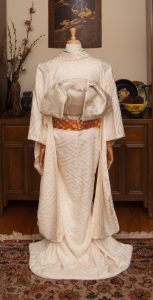
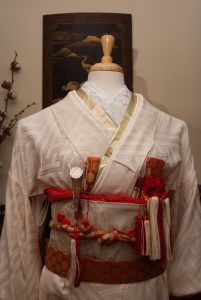

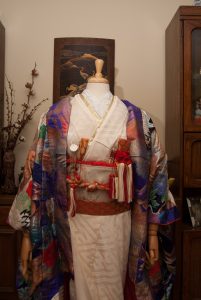


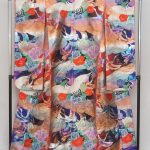
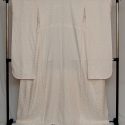

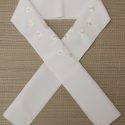
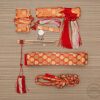


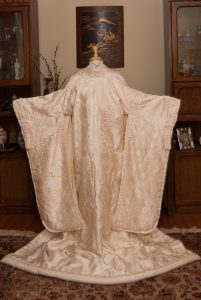
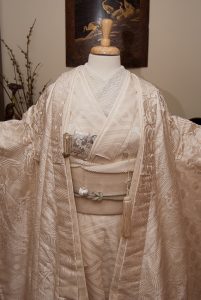
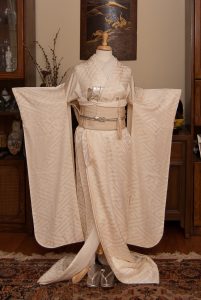
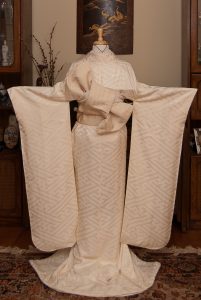
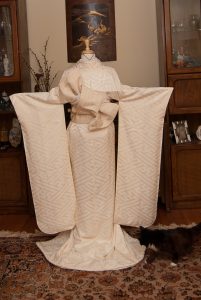
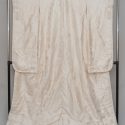
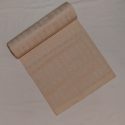
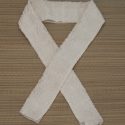
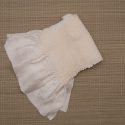
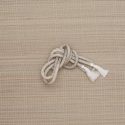

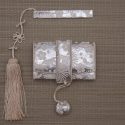
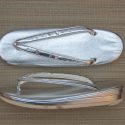
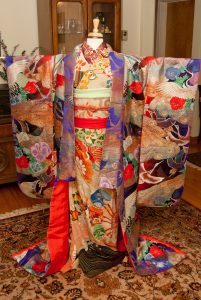
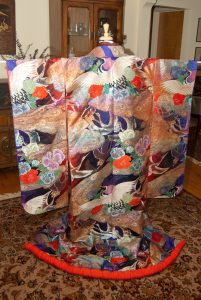
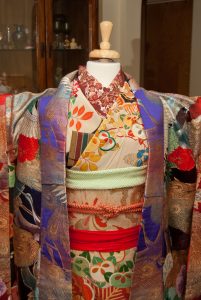
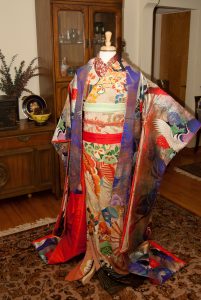
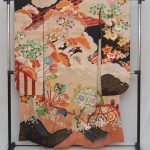
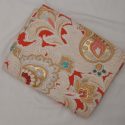
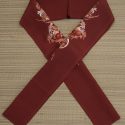
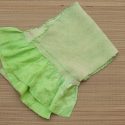
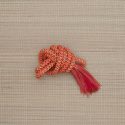
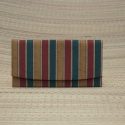















 Bebe Taian
Bebe Taian CHOKO Blog
CHOKO Blog Gion Kobu
Gion Kobu